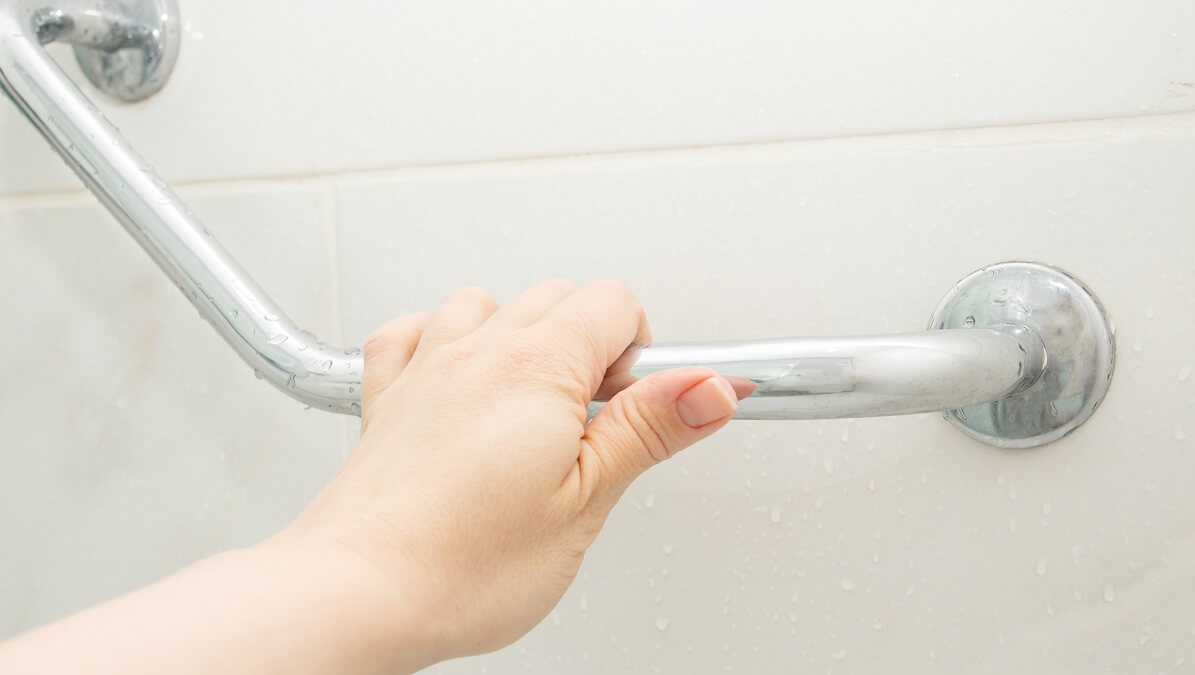If mobility has become an issue for you, getting around your home has likely become harder than it once was. But there are a number of home modifications that can make life easier.
An unfortunate reality of ageing is losing the level of mobility you may have once had. Many people find their homes suddenly difficult to navigate, with steps and surfaces suddenly posing a hazard they didn’t before.
Thankfully, there are a number of changes you can make to your home to greatly improve your safety and comfort level.
Ramps to the entry doors
If you use a walker or wheelchair, installing a ramp can provide easier access to your home. It eliminates the need to navigate steps, ensuring a smooth and safe entry. There are many options available based on price and portability.
Lever door handles
Traditional doorknobs can be challenging to grip and turn, especially for those with arthritis or limited hand strength. Lever door handles are much easier to push, making it effortless to open and close doors.
Grab bars in the bathroom
Install grab bars near your bath or shower and near the toilet to provide stability and support. These bars can significantly reduce the risk of slips and falls in the bathroom.
Elevated toilet seats and plastic shower seats
Elevated toilet seats make it easier to sit down and stand up, reducing strain on the knees and hips. Plastic shower seats provide a secure place to sit while showering, minimising the risk of falls.
Put non-skid mats on slippery surfaces
Bathrooms and kitchens are prone to wet floors, which can be extremely hazardous. Place non-skid mats or apply no-slip strips on slippery surfaces like tile or wood to reduce the risk of accidents.
Install rails or a stair glide
For multi-level homes, consider installing rails on both sides of the stairs or a motorized lift, commonly known as a stair glide. These modifications make it easier to navigate staircases, reducing the risk of falls.
Place light switches at the top and bottom of the stairs
Poor lighting can increase the risk of falls, especially on stairs. Install light switches at both ends of the staircase to ensure proper visibility. This way, you won’t have to navigate the stairs in the dark.
Use switches that glow in the dark
Glow-in-the-dark switches make it easier to locate them during nighttime. They provide a helpful guide, especially when navigating unfamiliar areas.
Use brighter light bulbs
High-brightness light bulbs can help improve visibility, making it easier to read, get dressed, or find items in your bedroom.
Switches that work when you clap
For those with limited mobility, remote-controlled or clapping-activated switches can be convenient alternatives. They eliminate the need to reach for switches, making it easier to control the lights.
Put frequently used items within easy reach
Rearrange your kitchen and living spaces to ensure that the items you use most frequently are within easy reach, preferably around waist-level. This reduces the need to stretch or strain to access them.
Invest in lightweight pots and pans
Heavy cookware can be challenging to lift and manoeuvre. Consider investing in lightweight pots and pans that are easier to handle.
Whatever your budget or mobility issue, there’s sure to be a modification you can make to your home to make your home safer and more enjoyable for you to live in.
Do you suffer from any mobility issues? Have you made any modifications to your home? Let us know in the comments section below.
Also read: Travelling with limited mobility

